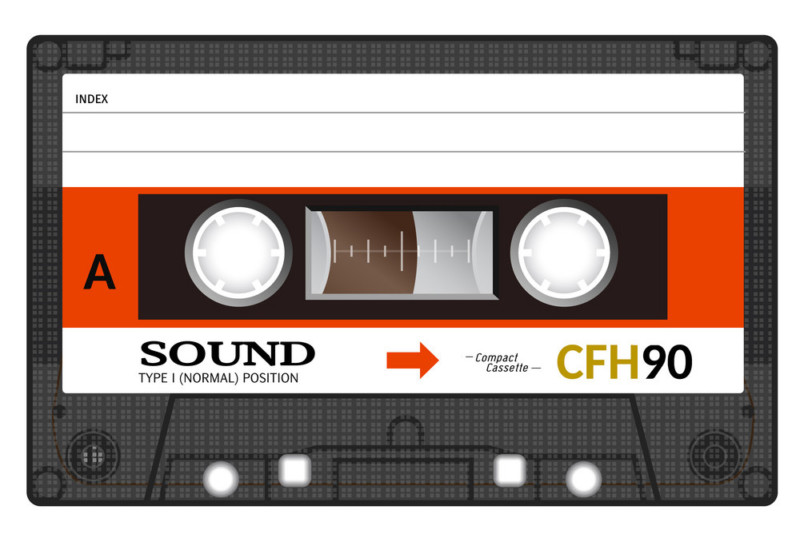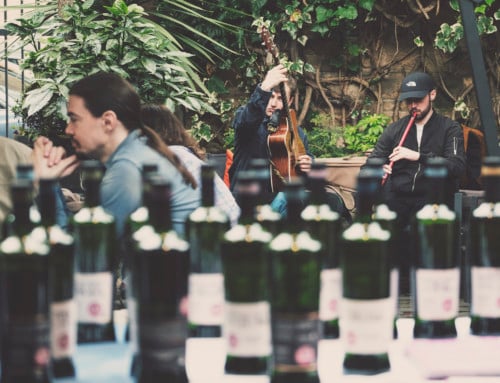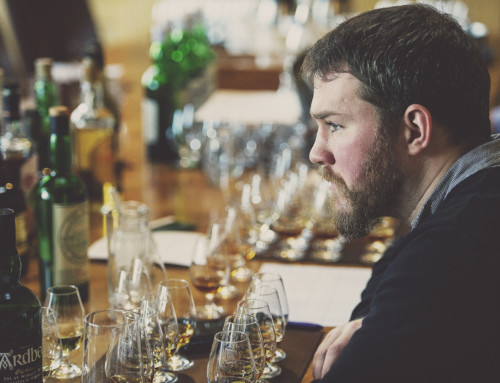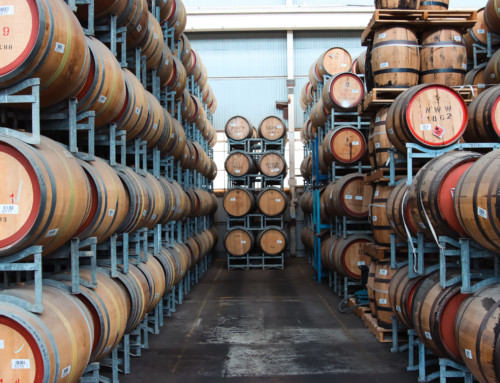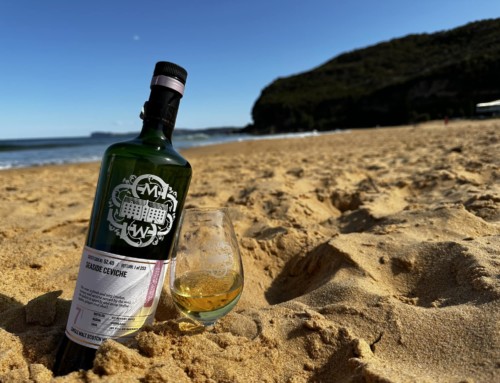One of the great discussion topics that vexes many a whisky enthusiast and ignites many strong opinions is the notion of whether or not whisky used to be better “back in the day”.
Even that statement by itself is contentious. For when was back in the day? Was it the 1960’s or 70’s, when blends still ruled the roost? Was it the spirit distilled in the 1980’s – ironically at a time when the industry was in one of its lowest valleys? Was it the 1990’s, by which time the current malt whisky boom was playing out its early moves. The 2000’s? Or was it just “back when you first got into Scotch”, regardless of the actual chronological time stamp? This last one is clearly not objective, but is obviously co-connected to issues such as nostalgia, romance, and – most probably – rose coloured glasses.
Whether the proposal is true or not, there’s no doubt that the thought it could be true drives strong lust in all drinkers. Witness the fever and excitement at any whisky gathering when an old bottle suddenly gets brought out. It might be a Longmorn or Bowmore distilled in the 1960’s, or a Macallan bottled in the 1990’s – regardless, the gathered few will clamber over one another to try it, believing it to be an unrepeatable elixir, the heights of which can never be attained today. We even see it in the Society, with – perhaps – undue focus and adoration now being heaped upon the old, archived white-labelled SMWS whiskies that were bottled from 1983 to 2009. Rightly or wrongly, there’s a perception that “old is good”.
The other problem that exists in this space is how objective you can genuinely be when assessing old, archived bottlings – particularly if it was a whisky you drank and were familiar with back at the time of its original release. I’ve been at many a whisky gathering with long-time dramming buddies and we’ve brought out something from the past. Instantly, the whisky is on a hiding to nothing: It stands on the pedestal you built for it 20 years earlier, yet it has to perform in the context of your present-day tastebuds and current whisky narrative. And, so, one of two things happen: The whisky is either everything you remember it to be (and usually more), OR it doesn’t quite live up to expectations. More often than not, it’s the latter.
If it’s the latter, then you instantly begin to interrogate the whys and what fors. Is the whisky the victim of that enigmatic “Old Bottle Syndrome” (aka Old Bottle Effect)? Was the bottle poorly stored over the years and the whisky deteriorated due to extreme heat or exposure to light? Did it oxidise in the bottle due to a less-than-perfect cork seal? Or perhaps – just perhaps – maybe you let nostalgia get the better of you?
Of course, some people try and test the theory objectively by pitting two so-called “identical” whiskies from different eras side by side. For example, you can acquire a 12yo Glenlivet (for the sake of this discussion) from the mid-1990’s and put it up against a 12yo Glenlivet from 2020. One will certainly taste different to the other, and you can then decide which one you personally preferred or felt to be the better in quality. Ha! But here’s the catch – were you really comparing apples with apples? Whilst the two whiskies came from the same brand and production house, albeit 25 years apart, the reality is that, chemically, they are anything but identical.
You first need to consider what was happening in the industry at the time. In our example here, the two Glenlivet 12yo’s bottled in 1995 and 2020 respectively, were distilled in 1983 and 2008. These are two very different eras with very different fortunes. In 1983, the Scotch whisky industry was in absolute depression. Many distilleries closed between 1983 and 1986; plenty more were mothballed; production levels nosedived; sales were low; and whisky was not flavour of the month. Budgets were tight and shortcuts were made to get by. The little spirit being produced was thrown into casks – some good, some bad – and despondently put into a warehouse in the hope of rosier times. Twenty five years later, by 2008, the single malt game was in boom times; production levels were high; and massive financial investment was occurring in distilleries and plant. Investment in quality wood and re-racking into fresher casks was also the norm.
- The industry’s dire economic fortunes in 1983 led to (or continued to foster) the so-called Whisky Loch. By 2008, the contrasting upturn led to both (i) amazing, aged whiskies being released onto the market at incredibly good value (compared to today’s relative prices) and (ii) the draining of the Whisky Loch. In short, you could buy sensational whiskies at unbelievably low prices in the late 1990’s and early 2000’s. Today, if those same sensational whiskies exist, they are priced at sums beyond what most of us can afford. In 2008, many drinkers could afford a Macallan 30yo for $300. In 2020, most drinkers cannot afford (or, perhaps more accurately, cannot see the value in) $10,000 for the same expression. Is this the primary basis for why some old timers assert whisky was better in the past? Is it genuinely an issue of quality, or is it actually an issue of affordability?
Production methods also changed significantly in the 25 years between 1983 and 2008. The list is a long one, and it varies from distillery to distillery and producer to producer, but consider the overall impact and influence of the following factors:
- Changes in the availability and preferred choice of barley. Much was made of the merits of Golden Promise (particularly by one notable distillery) and this produced a different yield and flavour profile to the likes of Optic and Chariot that had become the norm by the mid-2000’s.
- Advances in the science and understanding of wood maturation. Truth be told, generally speaking, whisky today is being filled into much better quality wood than was the case twenty five years earlier. (Notwithstanding the use of sulphur candles, obviously!)
- In 1983, 99% of whisky was being made for blends and many distilleries did not bottle or market their whisky as a single malt. For the whiskies that were being bottled as a single malt, the parcels of casks being used would have been a very small percentage, and thus would have represented the top tier in quality. To paraphrase an oft-used observation, in 1983, the best casks plucked out for a single malt release would have been one in every hundred. By 2008, to meet demand, that figure might have been the top ten in every hundred. Today, for some distilleries, it might be the top 20, 30, or 40 casks in every hundred! It stands to reason, science, and statistics that as the number of casks being used for single malt release increases, the overall quality of the resulting bottled spirit must decline.
- Distilleries became increasingly automated in the period from 1983 onwards. Processes became mechanised or computerised, thus reducing or removing the human touch; the number of workers required for production reduced; and processes became more consistent as a result. There is no doubt that the consistency of spirit produced within a distillery is far more uniform today than it was in decades past.
- Still on the subject of production, many distilleries changed processes during this period. Direct-fired stills were converted to being steam heated (although many distilleries had made this switch already prior to the 1980’s); mashtuns became larger and more efficient; wooden washbacks were replaced with stainless steel; condensers changed from wormtubs to shell-and-tube; onsite maltings closed down; peating levels changed; and so on.
- Large changes occurred in the fortunes and practices of the sherry industry between 1983 and 2008. Sherry casks, particularly those of European oak, were far more plentiful and affordable in 1983, leading to a higher percentage of sherry casks in the vatting of many single malt releases. In contrast, by 2008, many distilleries’ flagship single malt releases were “proudly” boasting 100% American oak or ex-bourbon cask maturation… selling it as a virtue, rather than an economic necessity! Today, even when you do purchase releases that feature sherry casks, most of it is American oak, rather than European oak. Whether that is better is, again, subjective, but there’s no denying the two are different.
I don’t mind looking back, and I certainly don’t mind tasting back from time to time. But the Society has never been a backwards-looking mob. Rather, it’s been on the frontier and continually faces forward. Was the Society release of 2.80 from 2012 better than 2.116 in 2020? Who cares? I’m more interested in what 2.117 will be like…
—
Written by Andrew Derbidge, Cellarmaster & NSW State Manager for SMWS Australia. Keen to learn more? Join the SMWS today here.



